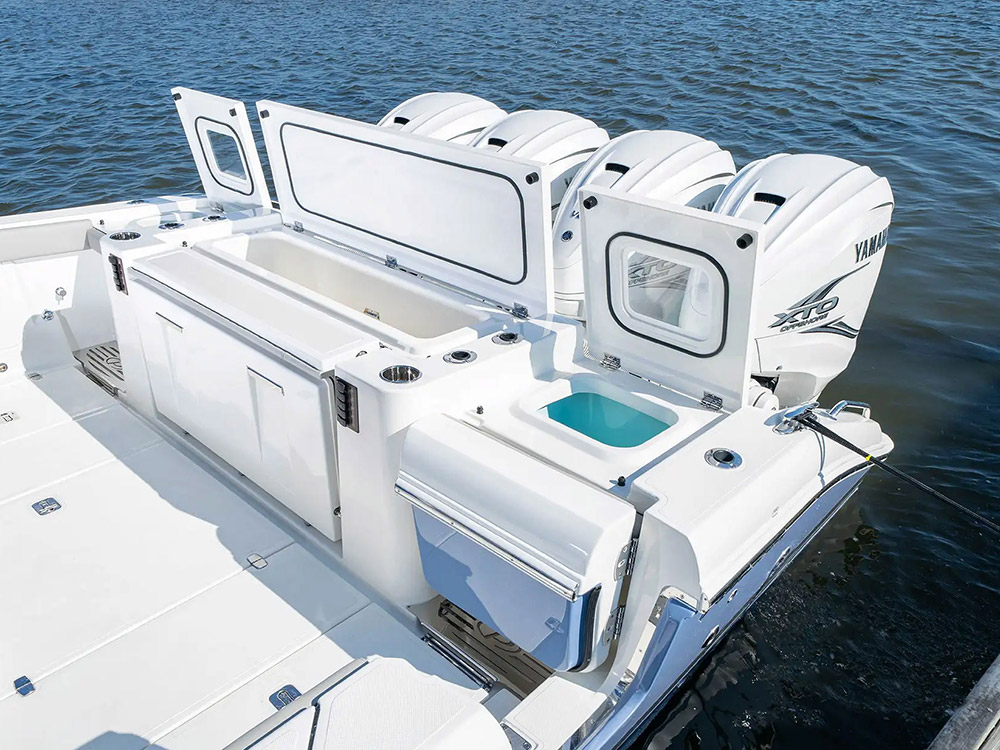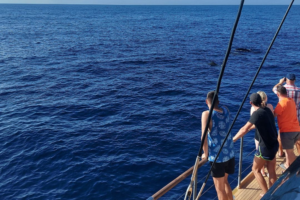
Sailboats are propelled by sails that harness the power of the wind. Depending on their size, they are also known as sailing dinghies, boats, and yachts. Sails on boats date back to an older time when the ancient Egyptians added sails to their reed boats to travel upstream against the current of the Nile. Sailboats were utilised to build international commerce routes, but less wind-dependent power systems have subsequently superseded them.
Sailboats are nearly entirely utilised for recreational purposes nowadays. Cruising and racing are popular activities with several alternatives in each instance.
Many people worldwide enjoy sailboat racing on weekday evenings and weekends in various boats ranging from small dinghies like the Optimist to racers/cruisers. Professional sailboat racing teams compete in races of varying lengths, ranging from midday “around the buoys” racing to singlehanded and crewed teams sailing around the world, sometimes without stopping.
Sailboat cruising is also enjoyed in several ways, on a range of sailboats and types of water (lakes, rivers, canals, coastal waterways, and seas), for varying durations of time. While most sailors are pleased to daysail or cruise to a weekend location, some purchase a sailboat to realise a longtime ambition of sailing off into the sunset.
Purchasing a Sailboat
The prospect of purchasing a yacht is thrilling, but it may also be intimidating if you have never owned a sailboat before. So before looking for sailboats on sale, there are a few things to consider.
The expense of owning a sailboat extends beyond the purchase price, so do your research. Insurance charges, mooring/dock fees, education, routine annual maintenance, improvements, and ad hoc repairs are all expenses to consider.
Event organisers require third-party liability insurance if you wish to race your sailboat. Also, if your sailboat is too large to live on a trailer, you’ll need a marina spot or mooring, which may be pretty expensive in some places.
If you are new to the world of sailing, any training classes to learn boat handling, safety equipment, and communication devices must be considered in your budget. In addition, your sailboat and its rigging should be thoroughly inspected yearly, and any wear and tear should be rectified. If an engine is present, it should be maintained regularly.
New Sailboat vs Used Sailboat
Pros and Cons of New
Purchasing fresh may be the best option if you know precisely what you want in a sailboat. You will be able to customise your boat’s finish and select from a range of optional upgrades. New boats are often offered with a manufacturer guarantee, meaning any issues with your boat may be addressed at no additional cost. Like a new automobile, a sailboat will deteriorate in value over the first several years.
Pros and Cons of Used
Buying a secondhand sailboat can be the best option if you’re on a tight budget. A five-year-old model might save you up to half the price of a new boat. A larger boat might be purchased at a reduced price when buying secondhand. You may, however, have to pay money to add the required features and equipment. Used boats seldom come with warranties, so be sure that any boat you’re considering buying has a comprehensive marine assessment to ensure its condition and upkeep.








